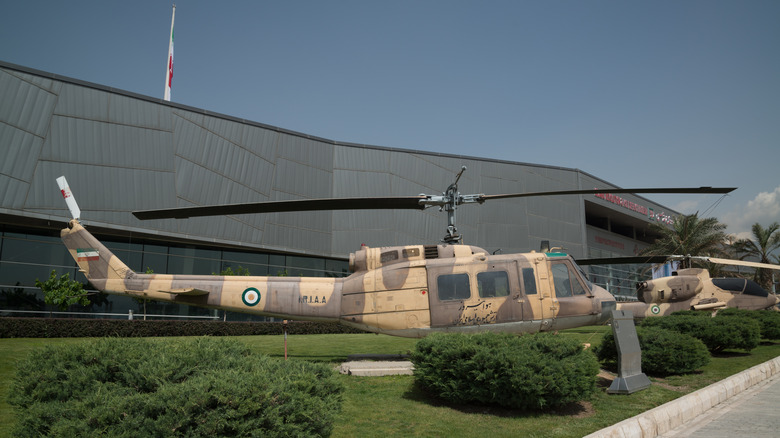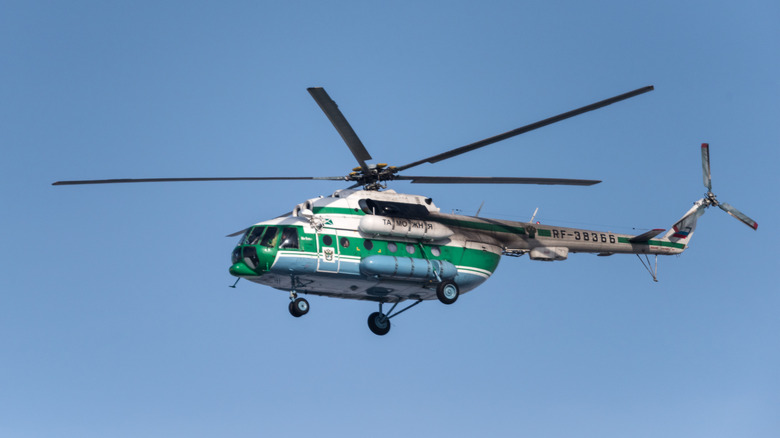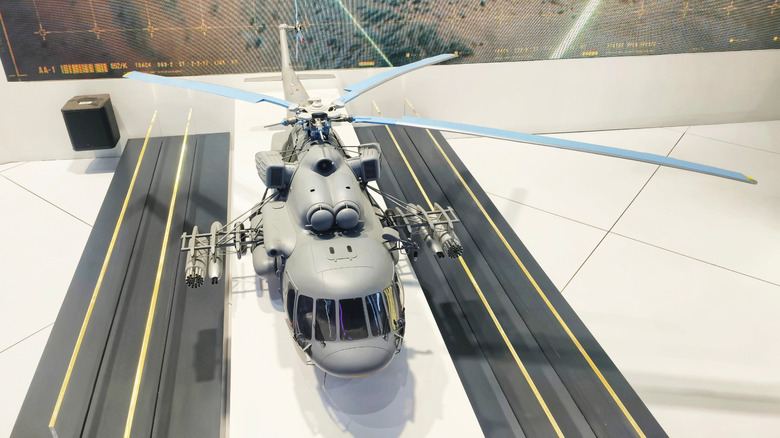
Most of Iran's military helicopters date back to before the 1979 Islamic Revolution, when the country had close defense ties with the United States. These include Bell AH-1J International Cobras, Bell 206s, 212s, and 214s, CH-47C Chinooks (which are used by a number of militaries around the world), and SH-3 Sea Kings. These models were cutting-edge in the 1970s, but are now decades old.
Iran received over 200 AH-1Js, nearly 100 Chinooks, and more than 300 utility and light helicopters. They were used
heavily in the Iran-Iraq War and are still the backbone of the Iranian Army Aviation today. The Bell 212, which was involved in the fatal 2024 crash that killed President Ebrahim Raisi, is widely used for transport and VIP duties. Maintenance and parts shortages, however, have made fleet readiness a serious concern.
Iran claims to have overhauled many of these helicopters domestically, including producing local versions of the AH-1J (Toufan I and II) and modifying other Bell types. Iran also claims to have upgraded its Bell-212s with SONAR systems and locally made Ghaem-114 missiles, although evidence suggests some of these upgrades are more aspirational than operational. Still, these U.S.-made helicopters remain central to Iran's air mobility and close air support capabilities, even if they're decades past their prime.
Read more: 10 Of The Fastest Civilian Helicopters, Ranked By Top Speed
Russian Models And Reverse-Engineered Variants Are Filling The Gaps

Since the early 2000s, Iran has turned to Russia to patch holes in its rotary-wing capabilities. The most notable additions are the Mil Mi-8 and Mi-17 series (one of the oldest helicopters the U.S. military still uses), used for troop and cargo transport. Iran received around 40 Mi-8/17s and at least 21 upgraded Mi-171S units. These helicopters are still in production. Iran also operates an unknown number of Mil Mi-24 and Mi-28 attack helicopters. While exact numbers remain unclear, recent defense partnerships suggest Iran aims to expand its holdings, possibly co-producing Mi-28s and Ka-52s in the future.
At the same time, Iran has been working on its own helicopter production to reduce reliance on foreign imports. Models like the Shabaviz 206-1 (a clone of the AB-206) and the Shabaviz 2-75 (a Bell 214 copy) are locally manufactured despite being subject to U.S. patent lawsuits. The Shahid-278 is another lightweight multi-role helicopter, reportedly based on multiple foreign designs.
New Missiles, Naval Variants, And Strategic Use In Proxy Warfare

Iran is pairing its helicopters with new domestic missiles like the Ghaem-114 and Shafagh, both billed as Hellfire equivalents. The Ghaem-114 is reportedly standard across various services and offers thermal and laser guidance. The Shafagh has a range of up to 20 kilometers and can be mounted on helicopters, drones, and fixed-wing aircraft. Iran has mounted both weapons on older Bell and Cobra platforms, claiming new levels of precision and combat readiness.
Iran's defense industry frequently announces capabilities that are either in development or exaggerated for strategic messaging. Still, even a partially upgraded fleet gives Iran tools for coastal defense, power projection, and asymmetric warfare. Helicopters could also be transferred to proxy groups if sanctions ease or smuggling routes open. For now, Iran's helicopter force is a mix of legacy U.S. tech, Russian imports, and homegrown adaptations—old, but not out of the fight.
Want the latest in tech and auto trends? Subscribe to our free newsletter for the latest headlines, expert guides, and how-to tips, one email at a time.
Read the original article on SlashGear.












